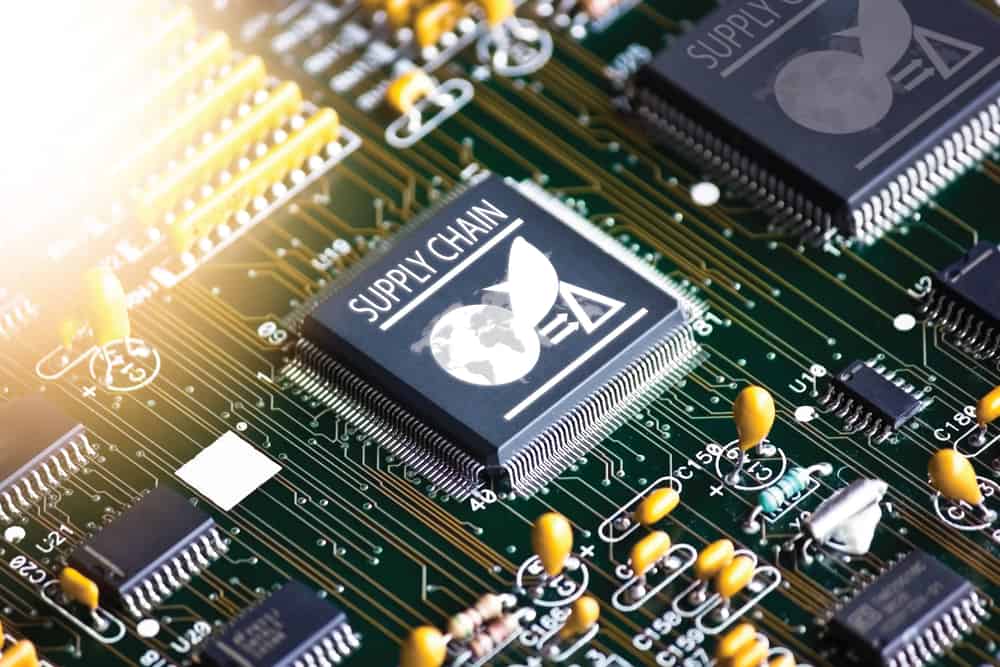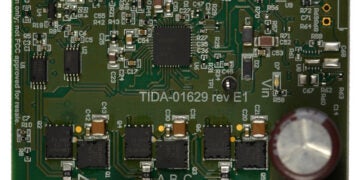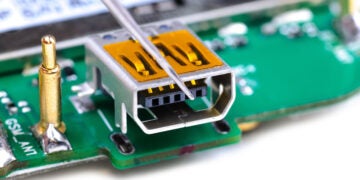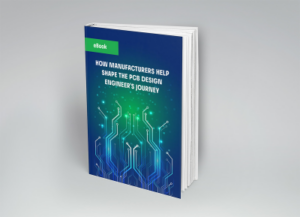
The importance of having a reliable supply chain is not new. It is an inherent requirement for PCBA development and is even more essential for low or high volume production. Traditionally, component availability was relegated to a new product design concern. Therefore, tactics, such as only choosing components that fell in the midrange of the component lifecycle curve and avoiding exotic parts, were often enough to avoid any risk to your component supply.
However, over the last few years, the global supply chain has been significantly tested, and several flaws in the infrastructure have been uncovered. The severity of the impact of the resulting shortages has led to fundamental changes that will affect electronics industry logistics for the foreseeable future. To compete and be successful, OEMs, ODMs, and CMs must adapt their processes to incorporate these changes to the electronic supply chain, which starts with engineers and PCBA designers employing effective supply chain management strategy tactics.
Why is Supply Chain Management so Important?
Regardless of the type of business, supplying your customers with products and services when they need them is fundamental to sustainability and growth. For the electronics industry, meeting this mandate requires having the components needed to design and build circuit boards when needed. However, procuring and using needed parts can be a complicated process that involves multiple steps and participants.
| COMPONENT PROCUREMENT STEPS | |||
| Step | Description | Performed By | Outside Participants |
| 1 | Research component | Engineer, PCB designer | Parts database provider, part manufacturer |
| 2 | Choose component | Engineer, PCB designer | Parts database provider, part manufacturer |
| 3 | Acquire component | Engineer, PCB designer, or Content Manufacturer (CM) | Parts database provider, part manufacturer, component vendor/distributor, CM |
| 4 | Validate/test component | Engineer, PCB designer, CM, or Test facility | CM or test facility |
| 5 | Install component | CM | CM |
As shown above, getting a component to your board typically involves up to three outside entities or sources–not including transport service(s), regulation compliance agencies, etc. For this process to run reliably, such that you can fulfill your customer demands, supply chain management is required. Failing to have a stable, reliable supply chain can create scheduling issues and missed delivery deadlines, increase costs, and reduce profitability.
What Are The Major Disruptions to a Stable Supply Chain?
Maintaining a stable, reliable electronic supply chain is critical to your company’s success; however, there are significant threats that your management strategy must consider and contend with, as listed below.
Electronic Supply Chain Risks
- Limited manufacturing
Probably the most important flaw with the present electronic supply chain is the limited manufacturing of critical components, as evidenced by the global electronic parts shortages. There are plans on the horizon to help address this issue; however, it should remain a major consideration for your supply chain management strategy.
- Obsolescent components
All parts eventually go out of production. Failing to follow good practices for when and how to utilize obsolescent components at this stage of their lifecycle can have negative results that may include redesign, additional manufacturing costs, etc.
- Shipping and transport issues
International trade and off-shore sourcing are essential for global stability in the electronics industry. However, the free flow of components can be disrupted, as the COVID-19 pandemic demonstrated. Accounting for the possibility of shipping and transportation contingencies must also be incorporated into your plan for maintaining operations during electronic supply chain challenges.
- Unstable costs
Efficient PCBA development includes an effective selection of components and practices such as cost comparisons. Yet, prices can become destabilized, especially during shortages or other contingencies, which makes devising a strategy based on real-time cost data a primary consideration for electronic supply chain management.
The above risks have always been present; however, the increased reliance on electronics and smart technology and the impact these threats can have when realized have instigated a new zeal that is changing the electronic supply chain landscape.
Adapting to a New Electronic Supply Chain
The structure of the electronic supply chain is undergoing a revolution to improve resiliency based on lessons learned about how severe disruptions can be. Planned changes should help ease shortcomings; such as isolated and/or singular manufacturing of critical components. However, your selection process and the components you choose to use for your designs are the central actions that will determine the success of your ECAD/MCAD development processes and your business’ success.
Therefore, you should develop an electronic supply chain management strategy based on understanding the risks and challenges and incorporate practices, such as supplier mapping, to leverage changes. The best way to optimize your part selection is to utilize a component library that includes real-time vetted component data and information and CAD models to help facilitate efficient PCBA design.
If you’re looking for CAD models for common components or helpful information on solutions like the electronic supply chain that address major electronics industry problems, Ultra Librarian helps by compiling all your sourcing and CAD information in one place. Working with Ultra Librarian sets up your team for success to ensure streamlined and error-free design, production, and sourcing. Register today for free.








